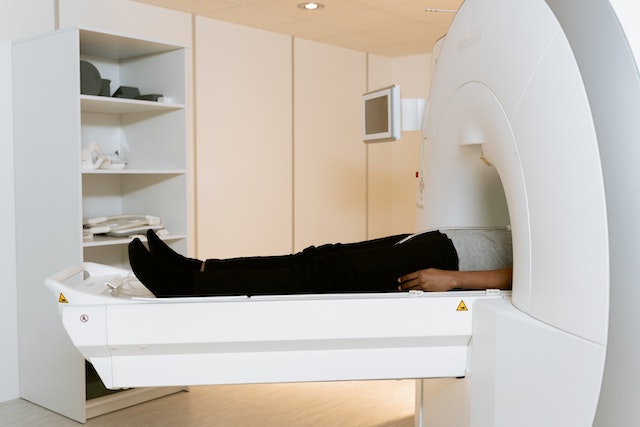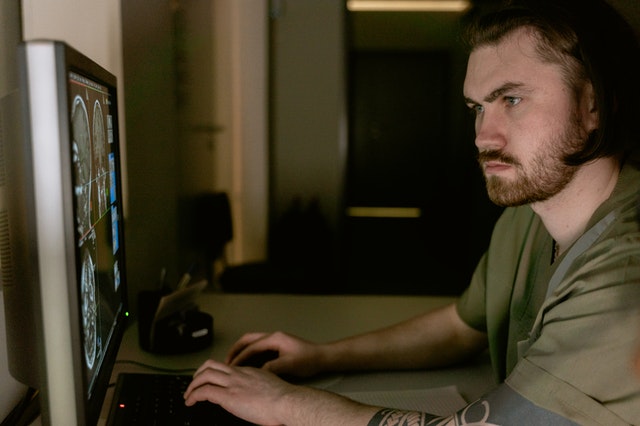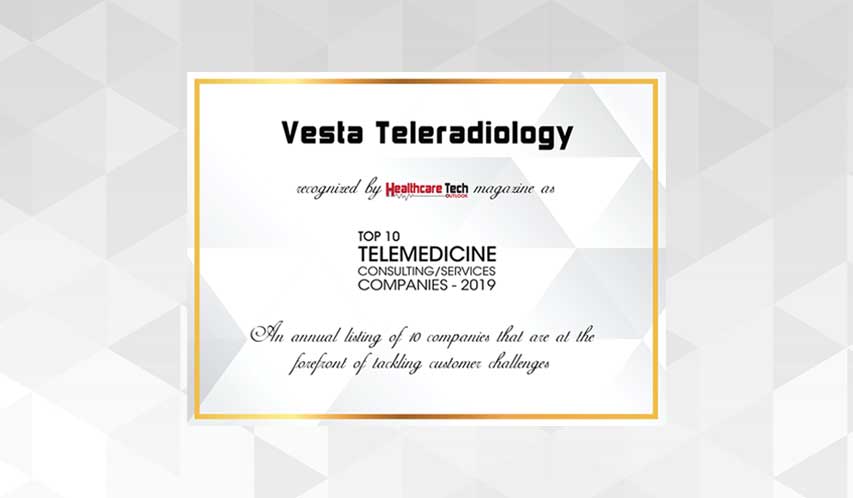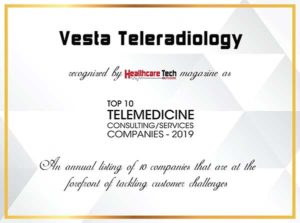The medical community is always looking for new and better ways to serve patients and save lives. Science, medicine, and technology often intersect to break barriers and create innovative new treatments – and nowhere is that truer than in the field of nuclear medicine.
What is Nuclear Medicine?
The National Institute of Biomedical Imaging and Bioengineering defines nuclear medicine as a specialty that uses radioactive tracers to diagnose and treat disease. Nuclear medicine is invaluable for patient care, as it can help detect disorders in the bones, gall bladder, heart, and much more.
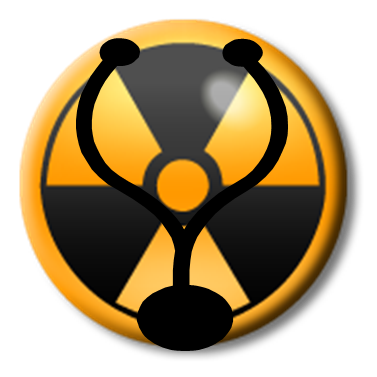
This field has seen tremendous advancements in recent years, which offer the potential for incredible and life-saving benefits. Here are some of the latest developments in nuclear medicine.
Making AI More Effective
Artificial intelligence has been an integral part of medicine for decades, particularly in the realm of diagnostics. And now, new research suggests that nuclear medicine may make AI-based diagnostics even more effective.
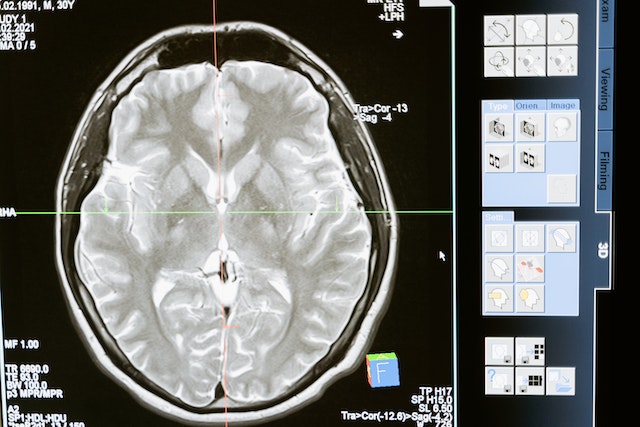
For example, researchers in the Journal of Nuclear Medicine (JNM) suggest that nuclear imaging can help with machine learning and AI cancer diagnoses. This is because nuclear imaging creates a high contrast between tumors and normal tissue, making it much easier for the machine to identify abnormalities. Combining AI diagnostics with nuclear medicine can make the machines more accurate, which will ultimately result in better patient care over time.
Detecting Heart Disease
Radionuclide imaging has long been used to detect issues in patient heart function. However, researchers are beginning to explore new uses for this technology – including the examination of the heart’s very molecules.
Research from 2020 found that radionuclide imaging is successful at detecting cardiac amyloidosis, a rare condition in which a protein called amyloid is deposited in the cardiac muscle. Amyloid deposits can cause buildup over time and ultimately lead to heart failure, so it is very important to detect this condition as early as possible.
Discovering New Treatments
Nuclear medicine has many potential uses for imaging and diagnostics. However, it also offers many benefits for researchers.
For example, scientists at the Vanderbilt University Institute of Imaging Science recently used a radioligand (a radioactive substance used to study receptors in the body) to study whether an antioxidant called ERGO could penetrate the brain and protect against oxidative stress. The study successfully proved that ERGO can penetrate the brains of mice, which opens doors for further research on using this antioxidant to treat conditions like Alzheimer’s disease.
Nuclear medicine is always developing and advancing, and each advance makes it easier to give patients the care they deserve.
Nuclear Radiology Readings
We are proud of our talented pool of teleradiologists who specialize in a variety of subspecialties, including nuclear radiology. If you’ would like to learn more about how we can integrate with your current workflow in order to provide preliminary and final interpretations, please contact us now at 1-877-55-VESTA
